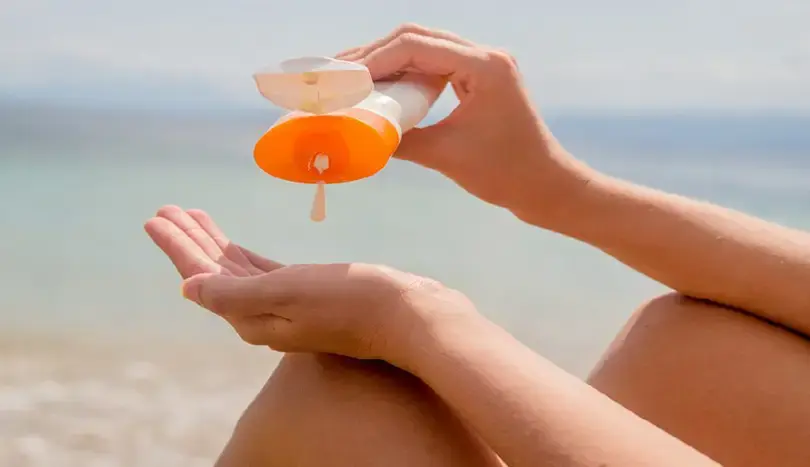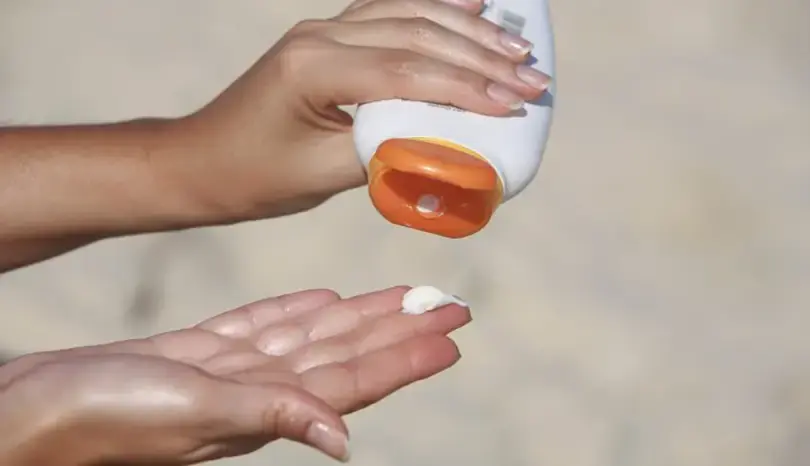Sunscreen in 2025: Not Just for the Beach Anymore. Still think sunscreen is only for summer vacations? Think again. In 2025, dermatologists say sunscreen should be part of your everyday routine — just like brushing your teeth.
Why? Because the sun is stronger, the UV index is higher, and more people are being diagnosed with skin cancer. Experts are now calling sunscreen a year-round essential — not just a summer thing.
Let’s take a look at what’s changed, what to avoid, and how to protect your skin the right way.
Old Rules Don’t Work Anymore
For years, we followed three basic tips:
But those rules are outdated. The sun has gotten more intense, and we spend more time outdoors — walking, eating, working. Even when we’re inside, sunlight comes through windows and can still damage your skin.
Let’s take a look at what’s changed, what to avoid, and how to protect your skin the right way.
Old Rules Don’t Work Anymore
For years, we followed three basic tips:
- Wear sunscreen only in summer,
- Use SPF 15 or 30,
- Only apply before the beach or pool.
But those rules are outdated. The sun has gotten more intense, and we spend more time outdoors — walking, eating, working. Even when we’re inside, sunlight comes through windows and can still damage your skin.
What Dermatologists Say in 2025
Here are the new rules dermatologists recommend:
1. Use sunscreen every day
UV rays are there even on cloudy days and in winter. Up to 80% of rays pass through clouds.
➡ Make sunscreen part of your morning routine, like deodorant or moisturizer.
2. SPF 50 is the new normal
Forget SPF 15. Today, SPF 30 is the minimum, and most experts suggest SPF 50 or higher — especially if you live in sunny places like California.
3. Check for “Broad Spectrum” or “PA++++”
SPF only protects against UVB rays (sunburns), but UVA rays go deeper and cause wrinkles and skin cancer.
Look for labels like “Broad Spectrum” or PA+++ to make sure you’re protected from both types.
Here are the new rules dermatologists recommend:
1. Use sunscreen every day
UV rays are there even on cloudy days and in winter. Up to 80% of rays pass through clouds.
➡ Make sunscreen part of your morning routine, like deodorant or moisturizer.
2. SPF 50 is the new normal
Forget SPF 15. Today, SPF 30 is the minimum, and most experts suggest SPF 50 or higher — especially if you live in sunny places like California.
3. Check for “Broad Spectrum” or “PA++++”
SPF only protects against UVB rays (sunburns), but UVA rays go deeper and cause wrinkles and skin cancer.
Look for labels like “Broad Spectrum” or PA+++ to make sure you’re protected from both types.

Common Mistakes (Most People Still Do These)
Even adults make these sunscreen mistakes:
Even adults make these sunscreen mistakes:
- Apply once in the morning and forget to reapply.
- Use last year’s leftover sunscreen (it may not work anymore).
- Only apply to the face and forget the ears, neck, and arms.
- Don’t use enough — you need a teaspoon for your face and a shot glass amount for your body.
- Don’t reapply every 2 hours, especially after sweating or swimming.
Sunscreen Is More Than Just Cream
Sunscreen now comes in many new forms. Here’s what’s popular in 2025:
1. Better mineral sunscreens
Zinc and titanium used to leave white streaks. Not anymore. Modern formulas are smooth, clear, and great for sensitive skin.
2. Clothing with sun protection (UPF)
UPF 50+ shirts, hats, and pants block up to 98% of UV rays. Great for kids, hikers, and anyone outdoors a lot.
3. Makeup with SPF
Many cushions, foundations, and lip balms now include SPF. But don’t rely on makeup alone — it’s not enough by itself.
4. Apps and UV sensors
Tech to the rescue! Apps can tell you the UV index in your area, and smart wristbands or clips alert you when it’s time to reapply sunscreen.
Sunscreen now comes in many new forms. Here’s what’s popular in 2025:
1. Better mineral sunscreens
Zinc and titanium used to leave white streaks. Not anymore. Modern formulas are smooth, clear, and great for sensitive skin.
2. Clothing with sun protection (UPF)
UPF 50+ shirts, hats, and pants block up to 98% of UV rays. Great for kids, hikers, and anyone outdoors a lot.
3. Makeup with SPF
Many cushions, foundations, and lip balms now include SPF. But don’t rely on makeup alone — it’s not enough by itself.
4. Apps and UV sensors
Tech to the rescue! Apps can tell you the UV index in your area, and smart wristbands or clips alert you when it’s time to reapply sunscreen.

Kids and Seniors Need Extra Care
👶 Babies under 6 months: No sunscreen — just keep them in the shade.
👧 Kids over 6 months: Use gentle mineral SPF 50+ creams.
👵 Older adults: Use sunscreen daily, especially if taking medication that increases sun sensitivity.
Is Daily Sunscreen Safe?
Some worry that daily sunscreen could clog pores or harm the skin. Experts say: No worries!
Modern sunscreens are safe and tested. Just pick one that suits your skin type — gel for oily skin, mineral for sensitive skin, lotion for dry skin.
What About Vitamin D?
You can still get vitamin D through food and short walks — even with sunscreen on. If you’re worried, ask your doctor for a blood test or try a vitamin D supplement.
👶 Babies under 6 months: No sunscreen — just keep them in the shade.
👧 Kids over 6 months: Use gentle mineral SPF 50+ creams.
👵 Older adults: Use sunscreen daily, especially if taking medication that increases sun sensitivity.
Is Daily Sunscreen Safe?
Some worry that daily sunscreen could clog pores or harm the skin. Experts say: No worries!
Modern sunscreens are safe and tested. Just pick one that suits your skin type — gel for oily skin, mineral for sensitive skin, lotion for dry skin.
What About Vitamin D?
You can still get vitamin D through food and short walks — even with sunscreen on. If you’re worried, ask your doctor for a blood test or try a vitamin D supplement.
In 2025, sunscreen is not optional. It’s a daily habit that keeps your skin healthy, young, and protected.
Use a good SPF 50+ product, reapply often, wear a hat, sunglasses, and sun-safe clothes — and remember:
The best sunscreen is the one you actually use — every single day.






